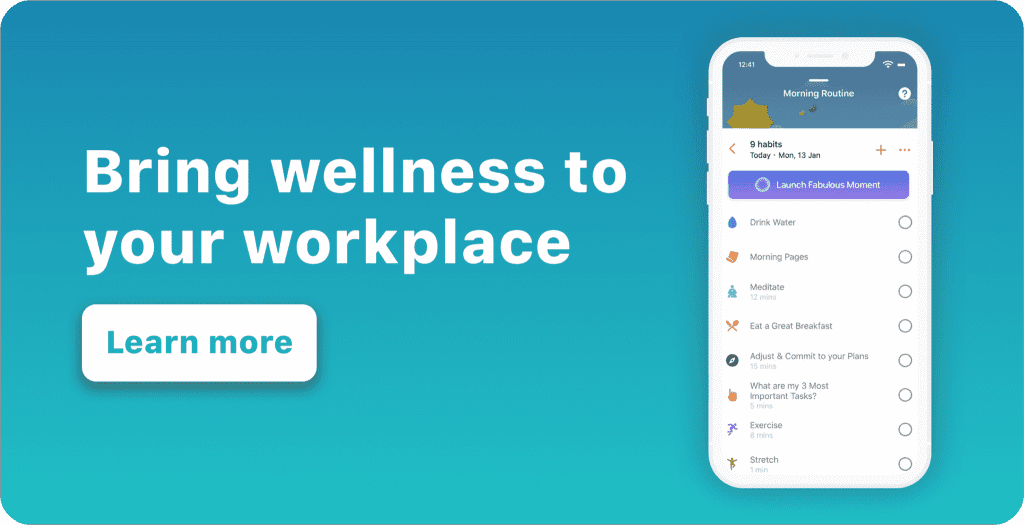If I asked you to describe your company’s culture, what words would spring to mind? Would you say your corporate culture is positive? Energizing? Collaborative? Or maybe stale? Awkward? Isolating? It’s okay if the culture of your company isn’t where you want it to be right now. Being honest now will help you set realistic expectations later.
Whether you know it or not, a positive corporate culture does more than make your company a tolerable or fun place to be. Good culture empowers your employees to do their best work and feel both safe and comfortable doing it. It encourages your team to take creative risks, think outside the box, and collaborate with members they might not have otherwise. A positive corporate culture can mean the difference between a company where everyone collaborates and works as a team and one where everyone works silently in total isolation.
Now, tell me, of those two scenarios, which do you think would have the best product or service?
To learn more about the value of a positive company culture and how to build one, we spoke to Barbie Winterbottom, CEO of the Business of HR. Her “People First” style of human resources leadership and coaching has transformed companies and redefined what it means to work as a team. Here’s what she had to say about curating your ideal corporate culture.
All Companies Have a Culture
Even if you don’t know it or can’t identify it, you have a corporate culture. “Culture is defined by how your employees and your customers feel when interacting with your business,” Winterbottom explains, “[It’s] not merely a statement or words on a wall.”
So, if you don’t know what the climate of your company is like, now is the time to take its temperature. Observe your employees. How do they interact with each other? Are they friendly and open? Do they encourage each other? Do they even talk to each other at all?
Now examine how your employees behave around their managers and you, the employer. Do they communicate with you openly and with confidence? Or do employees avoid their superiors out of fear or disdain?
It might be uncomfortable to see the uglier sides of your corporate culture if there are any. But if there are problems to solve, you have to identify and acknowledge them first.
Start From the Bottom and Put People First
When Winterbottom was tasked with helping BIC Graphic remodel their corporate culture into something that benefited everyone, she first had to establish what the culture was. She quickly discovered that “there was a lack of consistency from employee to employee and office to office,” and decided that the best place to start was to gain clarity on the specifics of how employees felt about their work, why and what informed their emotions regarding their employer.
Using focus groups (which they later called the “Culture Club”) and interviews, Barbie and her team quickly identified cornerstones of the existing culture and then working with those same focus groups created the framework of the culture employees wanted to bring to life. “By reaching out and partnering with employees from across the organization we were able to ensure an inclusive representation of all dimensions of our workforce and thus a culture all employees could embrace and see a bit of themselves in the elements reflected back”.
She also helped establish what BIC Graphic calls “People Powers,” a sort of best practices guide to company expectations, behavior, and beliefs, both to standardize performance and to further unite employees as a team.
“With this culture club,” Winterbottom says, “it was a truly bottom-up process.” We would argue that all the sturdiest structures are built that way!
Honor the Whole Person
Winterbottom firmly believes that the best corporate culture — that is, both the one that is healthiest for a company and the one that results in the best business outcomes — is one that puts people first.
“When taking a company through major transitions and changes it’s imperative to understand employees need ‘change leadership’ not just ‘change management,’ which allows you to focus on individuals at a personal and emotional level.” She says. “Providing change leadership also ensures employees have the right tools and resources needed to properly process what is being asked of them and treating them like a ‘whole people,’ not a number.”
“Your employees are whole people. They have complicated lives outside of work that you may not fully be aware of or understand. They have personal triumphs and personal struggles. When you recognize and implement that mindset in your business practices, it helps your employees flourish.
Take the step to honor that whole person,” she continues, “and you will get an emotional connection with your employee which will drive retention, loyalty and productivity.”
Final Thoughts on Corporate Culture
You may not know it, but you have the power to predict the future. All you need to do is examine the present. The things we do today dictate the world we live in tomorrow, next week, and ten years from now. What messages are you sending your employees? What habits are you building? And what ripple effects do you think they will have?
If all of this sounds daunting, don’t panic. Corporate culture is a puzzle, yes, but like any puzzle, it’s best solved one piece at a time. And you don’t have to do it alone.
Here at Fabulous, we know a thing or two about the importance of building up habits in small, incremental steps. And we know the impact those small steps have in the future. We’ve been successfully teaching millions of people how to live healthier lifestyles. Our users have learned how to stay hydrated, exercise, meditate, and eat a healthy breakfast. And we can bring these same teachings to your company.
If you’re ready for a people-powered corporate culture of your own, contact us at thefabulous.co/work/, or click here to learn more.




